Traffic engineering is a broad topic that spans a wide spectrum of services from project planning to design, construction, and field operations. One can specialize in any one of these fields or some are able to successfully practice in all four.
Project Planning
Traffic engineers are integral to the process of transportation planning at many levels including major roadway corridor studies, focused signalized or unsignalized intersection evaluations, and the assessment of impacts from new, or redeveloped, private properties. Traffic evaluations performed at the planning stage often involve obtaining an understanding of current traffic volumes, roadway geometry, and historical crash data. The goals are often aimed at assessing both roadway capacity and safety – now and into the future.
Terms like “Level of Service” are often used to rate roadway and intersection capacities, and different jurisdictions have different ways to rate various network elements in terms of safety. Some use the term “High Crash Locations” to represent intersections and roadway links that exhibit unusually high crash statistics. One example of a larger roadway corridor study can be found in the City of Dover, NH, which recently completed a Corridor Evaluation for a portion of Route 108, which is a major arterial within that community that experiences both capacity and safety issues.
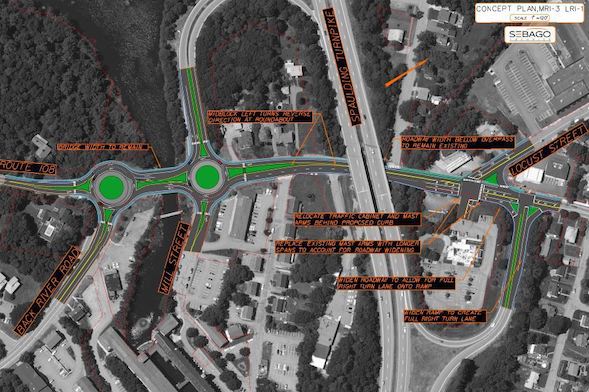
Some of the traffic engineering recommendations that resulted from this study included upgrades to existing traffic signalization, the introduction of roundabouts, and improvements to sidewalks and bike lanes. The City embraced these ideas and have included them in their future Capital Improvement Program.
Another example of traffic engineering as it relates to project planning can be found in the development community. Private sector developers are often required to provide communities with Traffic Impact Studies (TIS’s) which are prepared by traffic engineers. The objective of these TIS’s is to assess the potential impacts of a new or redeveloped project on its surrounding roadway network and to determine how these impacts can be mitigated as part of the project. TIS’s can be as small as those appropriate for a small residential subdivision, or as expansive as those needed for major mixed-use development.
Roadway and Intersection Design
Traffic engineers often play a key role in the design of roadways and intersections, especially in urban settings. The “Complete Streets” movement that is dominating urban environments these days demands that traffic engineers not only pay attention to the safe and orderly movement of private vehicles, but also other modes, such as transit vehicles, bicycles, and pedestrians. Our city streets are multi-modal and our street and intersection designs need to accommodate all of these needs equally.
The City of Portsmouth, NH is in the process of transforming Maplewood Avenue, an urban arterial feeding their downtown that is faced with all of these challenging issues. The City of Portland, ME is currently redesigning Congress Square in the heart of the Arts District in the City. This project not only involves new lane use and traffic signalization, but also the provision for a whole new pedestrian realm and streetscape to better connect the Portland Museum of Art with Congress Square Park on the opposite side of the intersection.
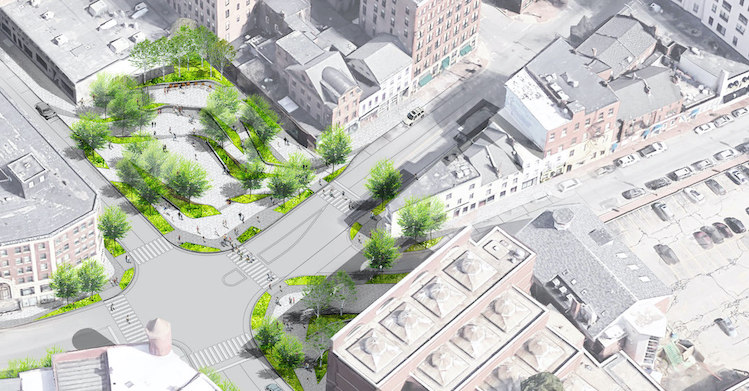
From a roadway perspective, traffic engineers find themselves needing to be creative when it comes to dealing with the issue of “congestion”. The days of building more lanes are gone, and now the challenge is to squeeze more capacity out of the pavement that already exists.
In this regard, “Road Diets” have emerged as one strategy that can be effective under certain conditions. For instance, South Portland, ME, recently converted two 4-lane roadways to 3-lanes (1 in each direction with a center 2-way left turn lane) and 2 bike lanes. When traffic volumes are less than 20,000 vehicles per day, this approach can work very well in terms of preserving vehicular capacity while providing a safe space for alternate modes like bicycles.
Traffic signals are another design element that traffic engineers are typically responsible for in an urban environment. These installations have gotten considerably more complicated in recent years, as more and more communities are seeking “Smart City Solutions”, which often mean adaptive controlled signal systems. Historically, the northeast has lagged the rest of the nation in deploying these types of advances in traffic signal technologies.
The City of Portland, ME, though, has initiated a focused effort to address this situation by installing several state-of-the-art proprietary adaptive traffic signal control systems on key corridors within the City. In addition, they are moving forward with the construction of an extensive fiber-optic network citywide that can be used by the Traffic Signal Department for signal communications, as well as by other City Departments for their communication needs.
Unfortunately, many communities are still satisfied with signals that operate green, yellow, red, and nothing else. Solving congestion in dense urban areas, though, demands more. Traffic signals need to operate as “demand responsive” devices rather than “fixed time” controllers. The key to this type of operation is sound, reliable vehicle detection. Historically, this was achieved by using in-pavement inductive loops. Today, however, many communities are converting to above-ground cameras, which can not only detect vehicles but record traffic volumes and turning movements 24/7, which is critical for traffic engineers that are interested in keeping these intersections optimized.
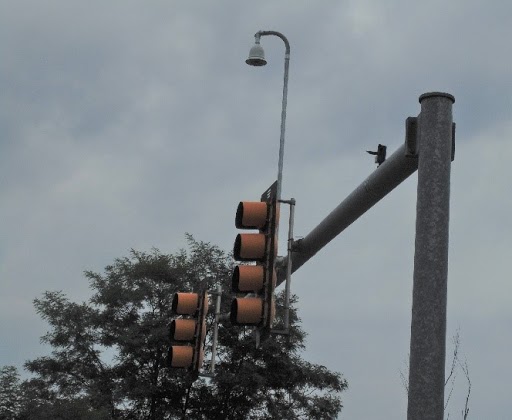
Construction
Traffic engineering is not limited to working in an office on planning and design projects but can involve going into the field during construction. While being an electrical engineer is not a pre-requisite, field staff should be International Municipal Signal Association (IMSA) certified to open and work in the traffic signal cabinet environment safely. In addition, having a strong background in computers is essential, because today’s traffic controllers, regardless of the brand, are all sophisticated computers. Telecommunications is also an area of growing prominence in the traffic engineering field as central operations and management is becoming the new norm.
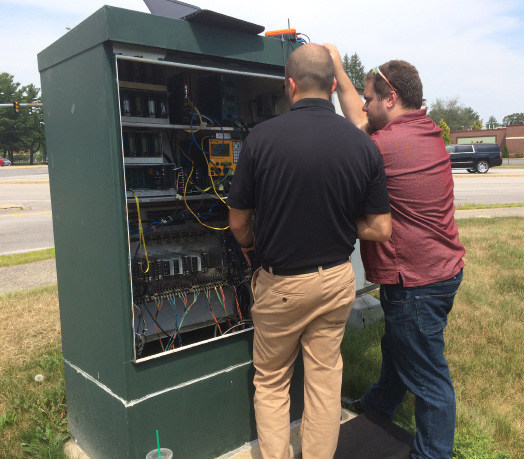
Operations
Today’s traffic signal systems are often centrally controlled with complex management software that collects and reports data 24/7 in addition to issuing diagnostic notifications to administrators when issues arise. Traffic Operations Engineers are the ones post-processing and determining what to do with this data on an on-going basis. Signal systems are never “set it and forget it” configurations. Traffic volumes and patterns often vary by season and can even change daily. As such, signal system optimization requires active rather than passive management. This is another role traffic engineers play. It is a bridge between the Traffic Signal Maintenance Technician and the traditional traffic engineer involved in planning and design.
Historically, this function has been quite labor-intensive and thus is not performed on a continuing basis. Evaluations of traffic signal systems have typically been undertaken on a 3 to 5-year cycle. Traffic volumes need to be collected, data processed, traffic simulation models created and run, and results deployed into the field where they are refined by observation. Fortunately, a number of new automated methodologies have been created and are being rolled out to the industry which is aimed at significantly reducing the labor involved in keeping signal systems optimized.
These new techniques are referred to as Automated Traffic Signal Performance Measures (ATSPM’s). The City of Dover, NH has recently received a major innovation deployment grant from FHWA to field test a number of these new strategies. While there has been some limited use of these new tools in the northeast, the Dover experience is the first on a large scale for New England.
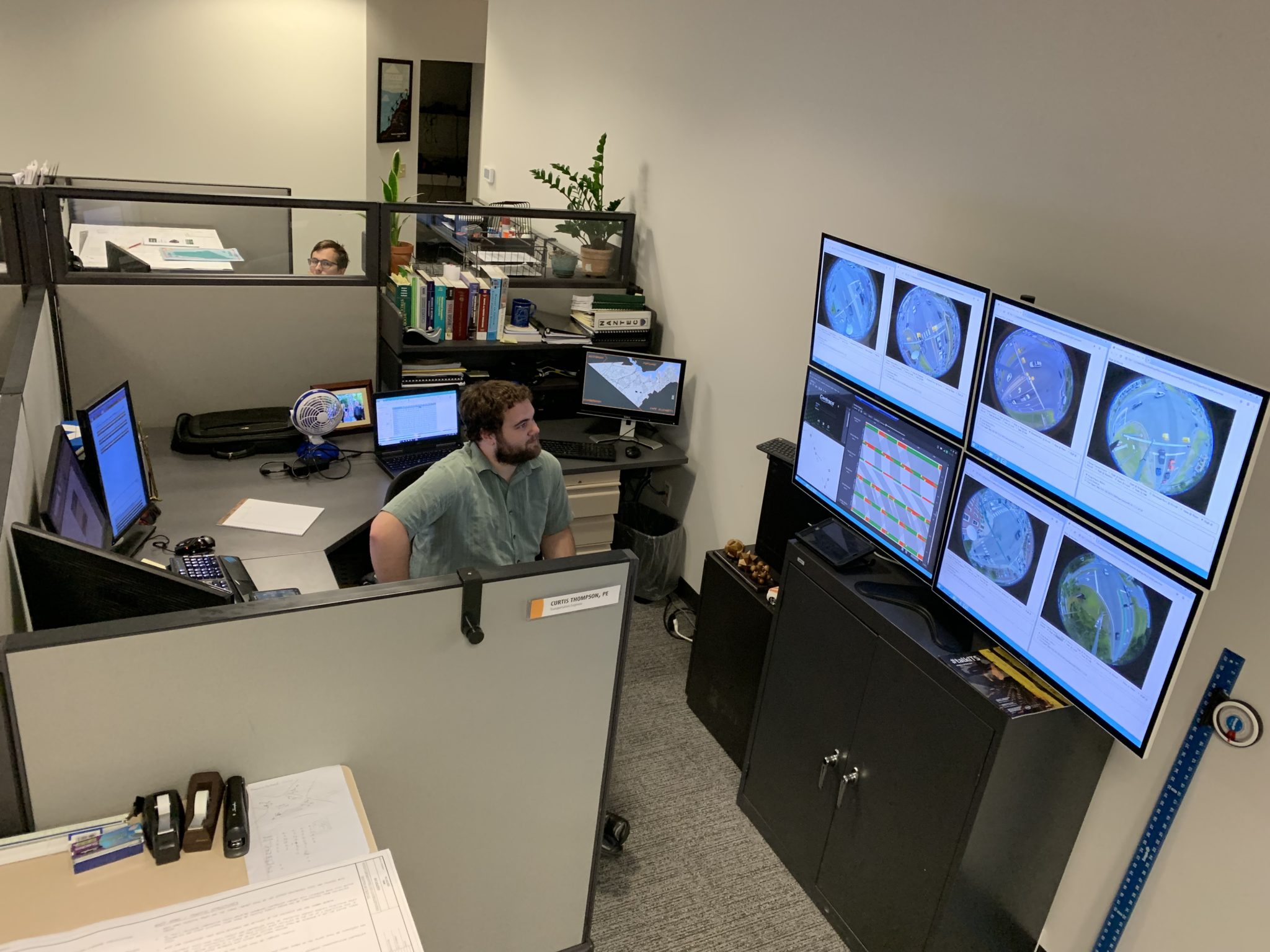
Research
These are exciting times to be a Traffic Engineer. Not only is this field changing daily due to technological advances in equipment and system management as we now know it, but the transportation industry as a whole is on the verge of a major transformation to Electric Vehicles (EV’s), and Connected and Autonomous Vehicles (CV’s and AV’s). With this revolution comes many opportunities to innovate and modify our signal and communication infrastructure to improve transportation efficiency, safety, and the environment.
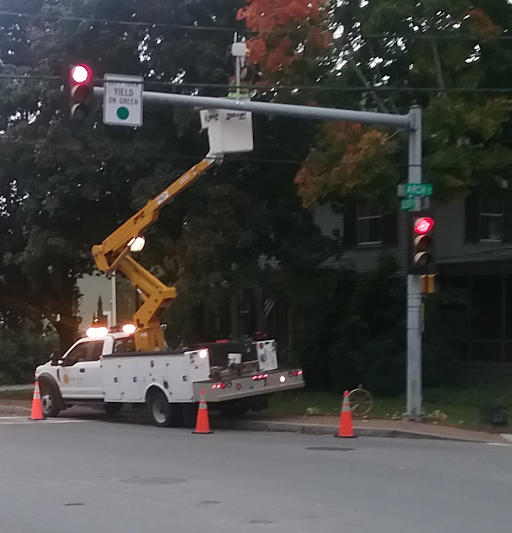
In 2018, the City of Dover, NH, was the first in the northeast to install Dedicated Short-Range Communication (DSRC) radios at three intersections to broadcast signal phase status information to an On-Board Unit (OBU) in a vehicle. The City of Portland, ME is currently working on a Pilot Project that would deploy an electric AV shuttle on a public street with four traffic signals. This would be a first for this region and contribute greatly to the understanding of the needs for safe and effective V2i (vehicle to infrastructure) communications. The University of Maine, in collaboration with six other New England Universities, has recently been awarded a major USDOT research grant to explore new ideas for improving our transportation infrastructure. Traffic Engineering is one of the focuses of this mission.

